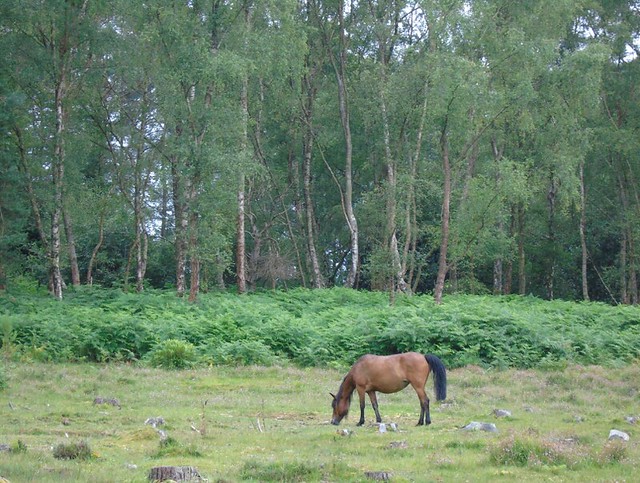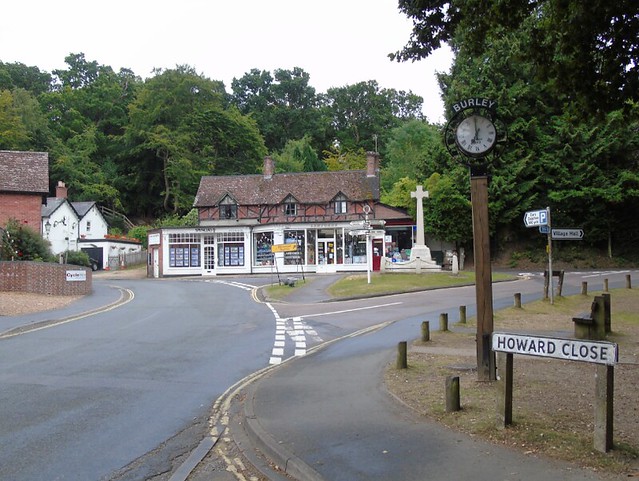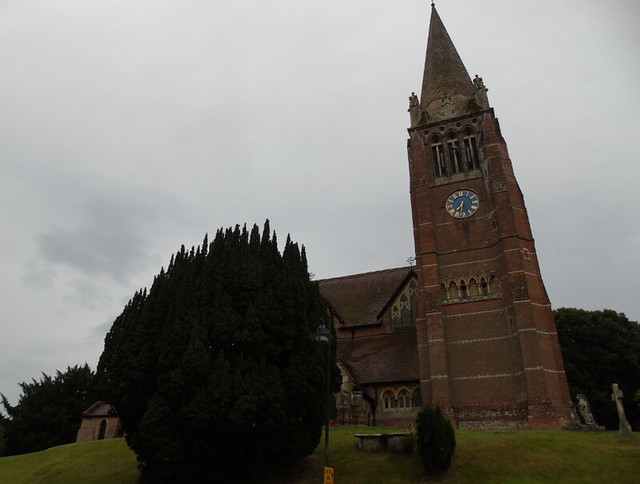We crossed the border from Christchurch into the New Forest National Park, a vast area of Rural Hampshire, which has a few secrets to reveal…
New Forest National Park:
Status: National Park
Founded: 2005
Area: 219 square kilometres
The New Forest is one of England’s newest National Parks, behind only the likes of the South Downs. Founded in 2005, it covers the whole of the “New Forest” which gave the park it’s name.

The New Forest is certainly one of contrasts, as different areas of the Park have different terrains. Entering from the area around Christchurch, we arrived in a sprawling gorsey moorland, untamed and wild, which extended for miles. It’s a beautiful landscape, but not far away towards Burley, the landscape changed…

The gorsey heaths give way to large forests and grassy open fields, as you enter the New Forest proper, small country roads lined with trees, and one other famous resident of the Park…

Much like in the Dartmoor National Park in Devon, which has wild ponies at every turn, the New Forest is home to the famous Horses. They are privately owned by local landowners, however they are allowed out onto the moors and fields under centuries old laws.
These laws date back to the Forest Laws established by William the Conqueror in Norman Times, to protect the New Forest and keep it safe for hunting, and livestock. The”Commoners” who lived in the forest were allowed to let their animals roam free, and whilst this was mostly Horses, it also included Cattle.

After exploring the Park for a while, we came across the small village of Burley, shown above. It’s a picturesque little place, with a few notable landmarks in the village centre.
In the foreground is the Burley Clock Tower, erected for the Queen’s Diamond Jubilee in 2012.
Behind it, in the centre of the village green stands the War Memorial, originally constructed at the end of World War I in memory of all those in the town who lost their lives. It was later updated with an inscription after World War II.
The rest of the village is made up of charming, rustic buildings which probably date back centuries, a scene replicated all over the park.

At the other end of the New Forest is the town of Lyndhurst, which we passed through on the way towards Beaulieu. It’s most famous landmark is the stunning “Church of St Michael & All Angels”, designed by William White (1825 – 1900, English Architect) and built between 1858-1868. The Clock/Spire towers over the rest of the town, and is a striking landmark.
The New Forest is a beautiful place, and although we only saw a small part of the overall Park, it was still a fantastic adventure. There are lots of charming towns and villages throughout the Park, local wildlife, and fantastic scenery.
Whilst we explored the National Park, our final stop was Beaulieu, a beautiful little unspoilt village, which was certainly worthy of it’s own post, which is up next…
